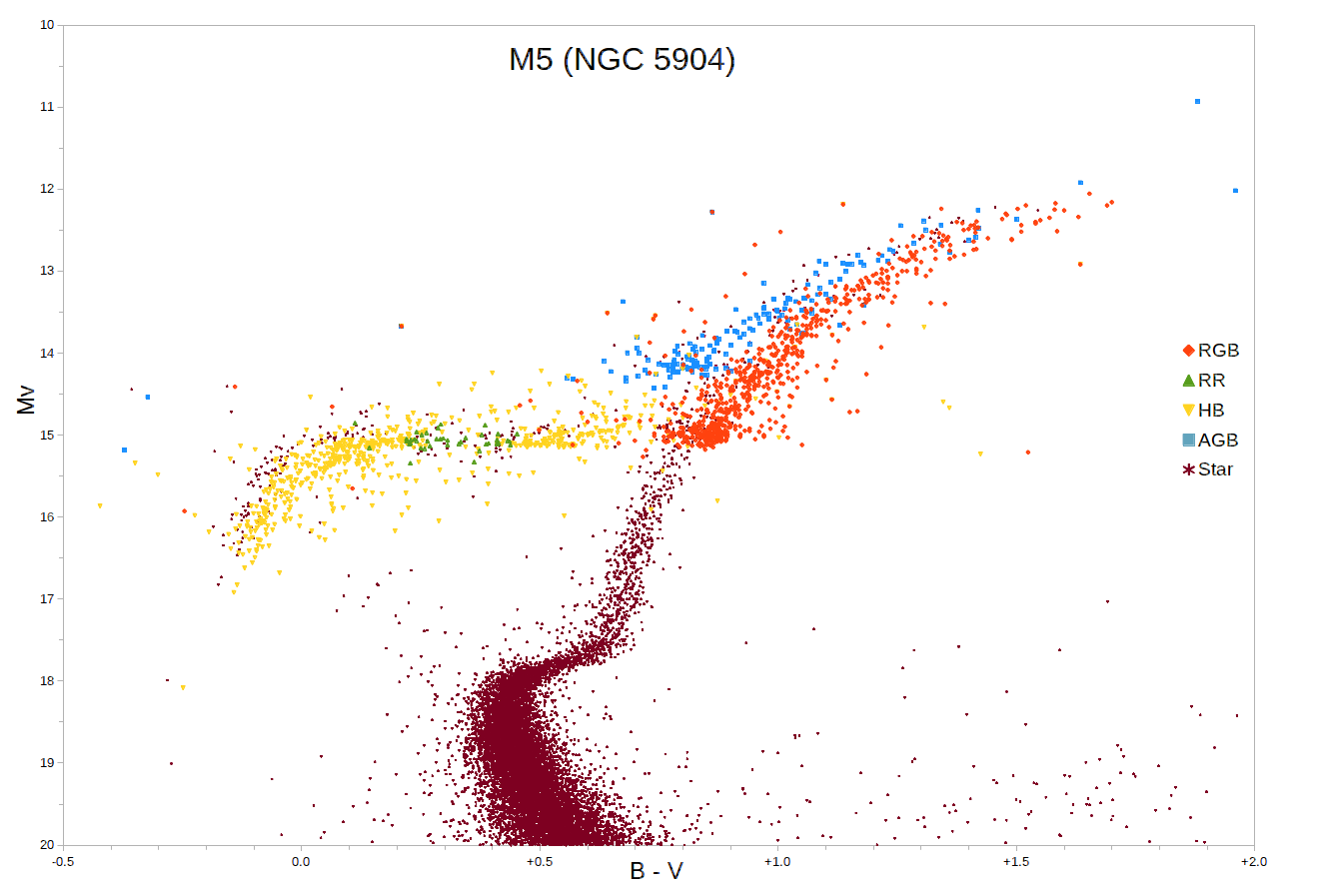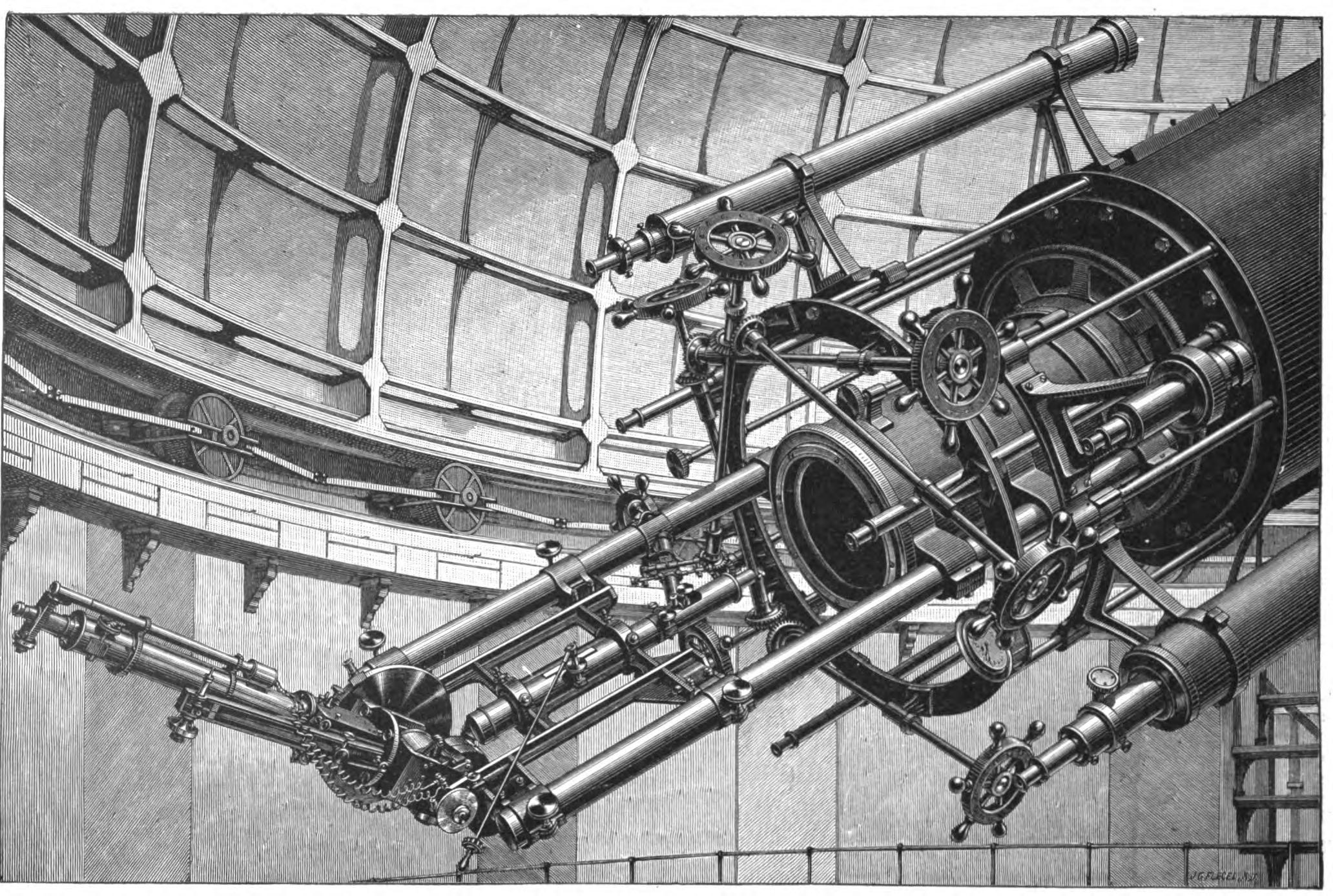|
BL Boötis
BL Boötis (abbreviated to BL Boo) is a pulsating star in the constellation Boötes. It is the prototype of a class of anomalous Cepheids which is intermediate in the H-R diagram between the type I classical Cepheids and the type II Cepheids. It varies from magnitude 14.45 to 15.10 over 0.82 days. It is located 4 arcminutes from the centre of (and assumed to be a member star of) the globular cluster NGC 5466. Its variability was first noted in 1961 by Russian astronomer Nikolaĭ Efimovich Kurochkin, who gave it the variable star designation BL Boötis. However, he thought it was an eclipsing binary. It was subsequently thought to be an RR Lyrae variable by T.I. Gryzunova in 1971. Robert Zinn confirmed it was a member of the globular cluster and found it was too blue to be an RR Lyrae variable. He gave it the name V19 within the cluster. He calculated its solar mass, mass to be around 1.56 times and its luminosity to be around 278 times that of the Sun; its absolute magnitu ... [...More Info...] [...Related Items...] OR: [Wikipedia] [Google] [Baidu] |
Solar Mass
The solar mass () is a frequently used unit of mass in astronomy, equal to approximately . It is approximately equal to the mass of the Sun. It is often used to indicate the masses of other stars, as well as stellar clusters, nebulae, galaxies and black holes. More precisely, the mass of the Sun is The solar mass is about times the mass of Earth (), or times the mass of Jupiter (). History of measurement The value of the gravitational constant was first derived from measurements that were made by Henry Cavendish in 1798 with a torsion balance. The value he obtained differs by only 1% from the modern value, but was not as precise. The diurnal parallax of the Sun was accurately measured during the transits of Venus in 1761 and 1769, yielding a value of (9 arcseconds, compared to the present value of ). From the value of the diurnal parallax, one can determine the distance to the Sun from the geometry of Earth. The first known estimate of the solar mass was by ... [...More Info...] [...Related Items...] OR: [Wikipedia] [Google] [Baidu] |
Objects With Variable Star Designations
Object may refer to: General meanings * Object (philosophy), a thing, being, or concept ** Object (abstract), an object which does not exist at any particular time or place ** Physical object, an identifiable collection of matter * Goal, an aim, target, or objective * Object (grammar), a sentence element, such as a direct object or an indirect object Science, technology, and mathematics Computing * 3D model, a representation of a physical object * Object (computer science), a language mechanism for binding data with methods that operate on that data ** Object-orientation (other), in which concepts are represented as objects *** Object-oriented programming (OOP), in which an object is an instance of a class or array ** Object (IBM i), the fundamental unit of data storage in the IBM i operating system * Object file, the output of a compiler or other translator program (also known as "object code") * HTML object element Mathematics * Object (mathematics), an abst ... [...More Info...] [...Related Items...] OR: [Wikipedia] [Google] [Baidu] |
Effective Temperature
The effective temperature of a body such as a star or planet is the temperature of a black body that would emit the same total amount of electromagnetic radiation. Effective temperature is often used as an estimate of a body's surface temperature when the body's emissivity curve (as a function of wavelength) is not known. When the star's or planet's net emissivity in the relevant wavelength band is less than unity (less than that of a black body), the actual temperature of the body will be higher than the effective temperature. The net emissivity may be low due to surface or atmospheric properties, such as the greenhouse effect. Star The effective temperature of a star is the temperature of a black body with the same luminosity per ''surface area'' () as the star and is defined according to the Stefan–Boltzmann law . Notice that the total ( bolometric) luminosity of a star is then , where is the stellar radius. The definition of the stellar radius is obviously not ... [...More Info...] [...Related Items...] OR: [Wikipedia] [Google] [Baidu] |
Metallicity
In astronomy, metallicity is the Abundance of the chemical elements, abundance of Chemical element, elements present in an object that are heavier than hydrogen and helium. Most of the normal currently detectable (i.e. non-Dark matter, dark) matter in the universe is either hydrogen or helium, and astronomers use the word ''metals'' as convenient shorthand for ''all elements except hydrogen and helium''. This word-use is distinct from the conventional chemical or physical definition of a metal as an electrically conducting element. Stars and nebulae with relatively high abundances of heavier elements are called ''metal-rich'' when discussing metallicity, even though many of those elements are called ''Nonmetal (chemistry), nonmetals'' in chemistry. Metals in early spectroscopy In 1802, William Hyde WollastonMelvyn C. UsselmanWilliam Hyde WollastonEncyclopædia Britannica, retrieved 31 March 2013 noted the appearance of a number of dark features in the solar spectrum. In 1814, Jo ... [...More Info...] [...Related Items...] OR: [Wikipedia] [Google] [Baidu] |
Cepheid Variable
A Cepheid variable () is a type of variable star that pulsates radially, varying in both diameter and temperature. It changes in brightness, with a well-defined stable period (typically 1–100 days) and amplitude. Cepheids are important cosmic benchmarks for scaling galactic and extragalactic distances; a strong direct relationship exists between a Cepheid variable's luminosity and its pulsation period. This characteristic of classical Cepheids was discovered in 1908 by Henrietta Swan Leavitt after studying thousands of variable stars in the Magellanic Clouds. The discovery establishes the ''true luminosity'' of a Cepheid by observing its pulsation period. This in turn gives the distance to the star by comparing its known luminosity to its observed brightness, calibrated by directly observing the parallax distance to the closest Cepheids such as RS Puppis and Polaris. Cepheids change brightness due to the κ–mechanism, which occurs when opacity in a star increases wit ... [...More Info...] [...Related Items...] OR: [Wikipedia] [Google] [Baidu] |
Overtone
An overtone is any resonant frequency above the fundamental frequency of a sound. (An overtone may or may not be a harmonic) In other words, overtones are all pitches higher than the lowest pitch within an individual sound; the fundamental is the lowest pitch. While the fundamental is usually heard most prominently, overtones are actually present in any pitch except a true sine wave. The relative volume or amplitude of various overtone partials is one of the key identifying features of timbre, or the individual characteristic of a sound. Using the model of Fourier analysis, the fundamental and the overtones together are called Harmonic series (music)#Partial, partials. Harmonics, or more precisely, harmonic partials, are partials whose frequencies are numerical integer multiples of the fundamental (including the fundamental, which is 1 times itself). These overlapping terms are variously used when discussing the acoustic behavior of musical instruments.Alexander John Ellis, A ... [...More Info...] [...Related Items...] OR: [Wikipedia] [Google] [Baidu] |
Horizontal Branch
The horizontal branch (HB) is a stage of stellar evolution that immediately follows the red-giant branch in stars whose masses are similar to the Sun's. Horizontal-branch stars are powered by helium fusion in the core (via the triple-alpha process) and by hydrogen fusion (via the CNO cycle) in a shell surrounding the core. The onset of core helium fusion at the tip of the red-giant branch causes substantial changes in stellar structure, resulting in an overall reduction in luminosity, some contraction of the stellar envelope, and the surface reaching higher temperatures. Discovery Horizontal branch stars were discovered with the first deep photographic photometric studies of globular clusters and were notable for being absent from all open clusters that had been studied up to that time. The horizontal branch is so named because in low-metallicity star collections like globular clusters, HB stars lie along a roughly horizontal line in a Hertzsprung–Russell diagram. Beca ... [...More Info...] [...Related Items...] OR: [Wikipedia] [Google] [Baidu] |
Calcium K Line
The Fraunhofer lines are a set of spectral absorption lines. They are dark absorption lines, seen in the optical spectrum of the Sun, and are formed when atoms in the solar atmosphere absorb light being emitted by the solar photosphere. The lines are named after German physicist Joseph von Fraunhofer, who observed them in 1814. Discovery In 1802, English chemist William Hyde WollastonMelvyn C. UsselmanWilliam Hyde WollastonEncyclopædia Britannica, retrieved 31 March 2013 was the first person to note the appearance of a number of dark features in the solar spectrum. In 1814, Joseph von Fraunhofer independently rediscovered the lines and began to systematically study and measure their wavelengths. He mapped over 570 lines, designating the most prominent with the letters A through K and weaker lines with other letters. Modern observations of sunlight can detect many thousands of lines. About 45 years later, Gustav Kirchhoff and Robert Bunsen noticed that several Fraunhofer lines ... [...More Info...] [...Related Items...] OR: [Wikipedia] [Google] [Baidu] |
Main Sequence
In astronomy, the main sequence is a classification of stars which appear on plots of stellar color index, color versus absolute magnitude, brightness as a continuous and distinctive band. Stars on this band are known as main-sequence stars or dwarf stars, and positions of stars on and off the band are believed to indicate their physical properties, as well as their progress through several types of star life-cycles. These are the most numerous true stars in the universe and include the Sun. Color-magnitude plots are known as Hertzsprung–Russell diagrams after Ejnar Hertzsprung and Henry Norris Russell. After condensation and ignition of a star, it generates thermal energy in its dense stellar core, core region through nuclear fusion of hydrogen into helium. During this stage of the star's lifetime, it is located on the main sequence at a position determined primarily by its mass but also based on its chemical composition and age. The cores of main-sequence stars are in hydros ... [...More Info...] [...Related Items...] OR: [Wikipedia] [Google] [Baidu] |
Stellar Spectrum
Astronomical spectroscopy is the study of astronomy using the techniques of spectroscopy to measure the spectrum of electromagnetic radiation, including visible light, ultraviolet, X-ray, infrared and radio waves that radiate from stars and other celestial objects. A stellar spectrum can reveal many properties of stars, such as their chemical composition, temperature, density, mass, distance and luminosity. Spectroscopy can show the velocity of motion towards or away from the observer by measuring the Doppler shift. Spectroscopy is also used to study the physical properties of many other types of celestial objects such as planets, nebulae, galaxies, and active galactic nuclei. Background Astronomical spectroscopy is used to measure three major bands of radiation in the electromagnetic spectrum: visible light, radio waves, and X-rays. While all spectroscopy looks at specific bands of the spectrum, different methods are required to acquire the signal depending on the freque ... [...More Info...] [...Related Items...] OR: [Wikipedia] [Google] [Baidu] |





